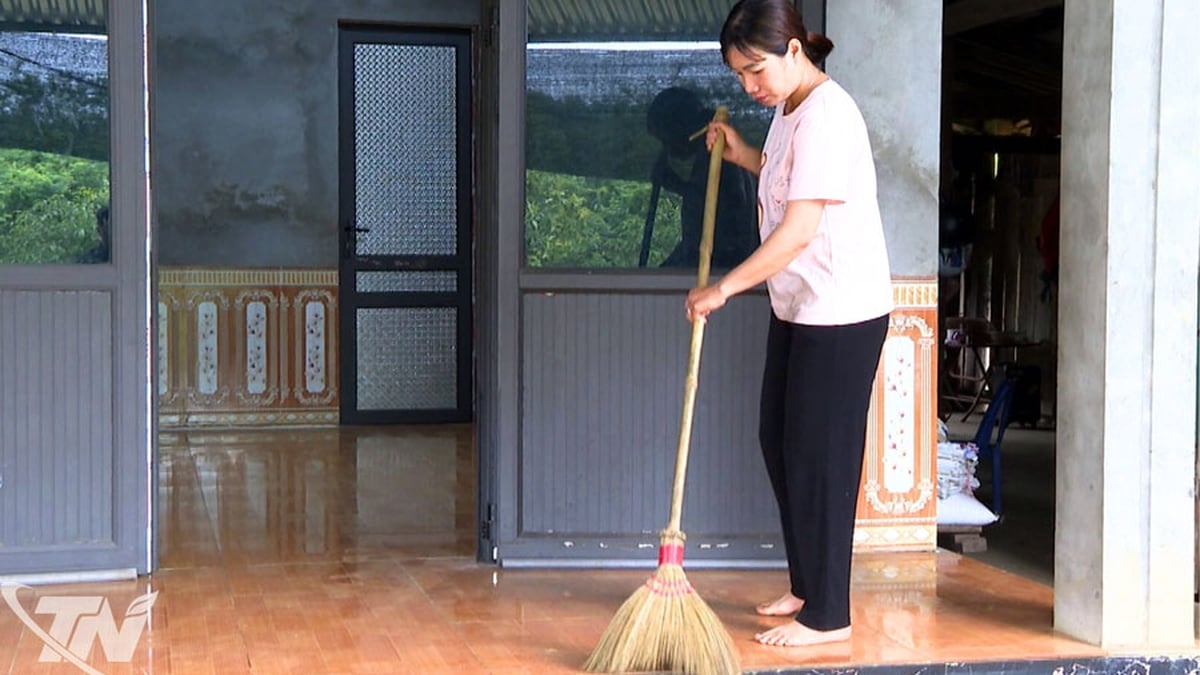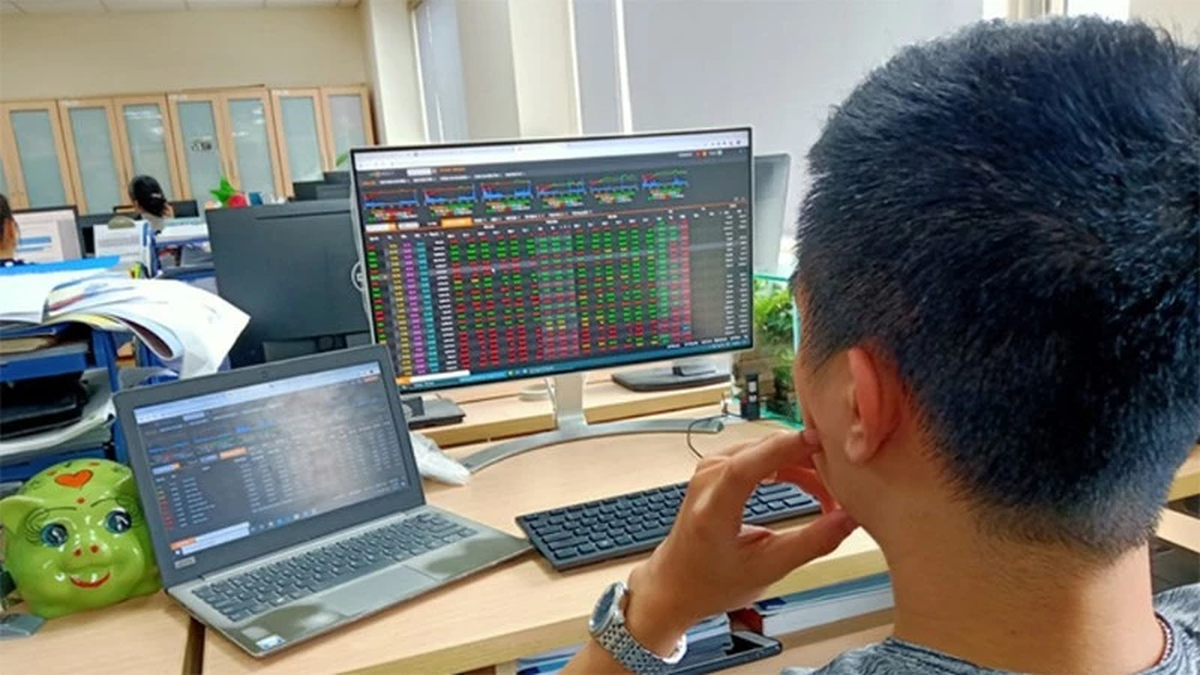With abundant liquidity, banks have continuously launched many preferential programs for consumer credit. However, customers' demand for loans is still not high.
Many incentive programs
In need of a bank loan to repair her house at the end of the year, Ms. Pham Thanh Van (Vinh Ngoc commune, Nha Trang city) has researched consumer credit programs of several banks. At a bank on Quang Trung street, she was advised by staff on a preferential loan package for individual customers for the purpose of buying, building, repairing real estate, and consumption (excluding buying cars); interest rates from 8.5%/year, loan terms up to 30 years and principal repayment grace period up to 24 months. "With my husband and I's current total income of more than 25 million VND/month, this interest rate is still quite high, so I am considering and researching more credit programs at other banks," Ms. Van said.
 |
| A bank employee in Nha Trang City advises a customer. |
Currently, banks are implementing many preferential consumer credit programs with interest rates considered to be the lowest in many years. For example, Vietcombank Khanh Hoa Branch is implementing preferential loan programs for buying, repairing houses, loans for buying cars, consumer loans to serve the living needs of individual customers with preferential interest rates from only 6.59%/year. Agribank 's preferential consumer loan program for officials, civil servants, public employees and workers receiving salaries from the state budget has a total loan capital of up to 15,000 billion VND, with loan interest rates lower by 0.5 to 1.5%/year compared to normal loan interest rates. VPBank currently has a preferential loan package with a total scale of 13,000 billion VND for individual customers who need to borrow money to buy cars, serve production and business, buy houses, and consume with interest rates from only 5%/year; Maximum loan term up to 35 years. MBBank is implementing a preferential interest rate program from 7.5%/year for customers borrowing capital to buy houses and serve production and business...
In addition to preferential interest rates, banks also offer many attractive conditions to stimulate borrowing, such as: Commitment to quickly approve loan packages, giving away beautiful account numbers, giving away credit cards with attractive limits...
There are still some difficulties, low loan demand
Like many other credit sectors, consumer lending has faced many difficulties in recent months. Due to low consumer demand, the consumer lending sector has decreased sharply, while old outstanding loans are difficult to recover. Ms. Vo Thi Thu Huong - Deputy Director of Vietcombank Khanh Hoa Branch said that in 9 months, the branch's outstanding consumer loans reached VND 2,774 billion, accounting for 16% of the total outstanding loans of the entire branch (including: Outstanding loans in the real estate sector, mortgage of valuable papers, auto loans and other consumer loans). Compared to the beginning of the year, outstanding consumer loans decreased by VND 178 billion, compared to the same period last year, it decreased by VND 370 billion. In the context of the economy facing many difficulties, the real estate market has not had many fluctuations, it is forecasted that in the last months of the year, the demand for consumer credit loans of the people will still not be high.
 |
| A bank employee in Nha Trang City advises a customer. |
In addition, from September 1, 2023, Circular No. 06 dated June 28, 2023 of the State Bank of Vietnam officially takes effect. According to this Circular, credit institutions are allowed to consider and decide to lend to customers to repay loans at other credit institutions for the purpose of borrowing to serve living needs, instead of only being allowed to borrow to repay loans at other credit institutions for loans serving production and business as previously prescribed in Circular No. 39/2016 of the State Bank of Vietnam. However, according to research, after nearly 2 months of Circular No. 06 taking effect, customers borrowing capital from this credit institution to repay loans at other credit institutions is still limited due to problems with collateral, fees incurred when repaying debts early at the current bank (penalty fee for early repayment, fee for releasing collateral, etc.) and fees incurred when borrowing at a new bank (fee for re-appraisal of collateral, new notary fee, re-mortgage registration, etc.). These limitations make the transfer of debt from one bank to another not as strong as expected.
According to banks, consumer lending still has a lot of room to exploit. With a series of preferential loan packages, banks hope to stimulate consumer credit, helping people be more confident in their decision to borrow at the end of the year.
MAI HOANG
Source



























![[Photo] National Assembly Chairman Tran Thanh Man visits Vietnamese Heroic Mother Ta Thi Tran](https://vphoto.vietnam.vn/thumb/1200x675/vietnam/resource/IMAGE/2025/7/20/765c0bd057dd44ad83ab89fe0255b783)










































































Comment (0)